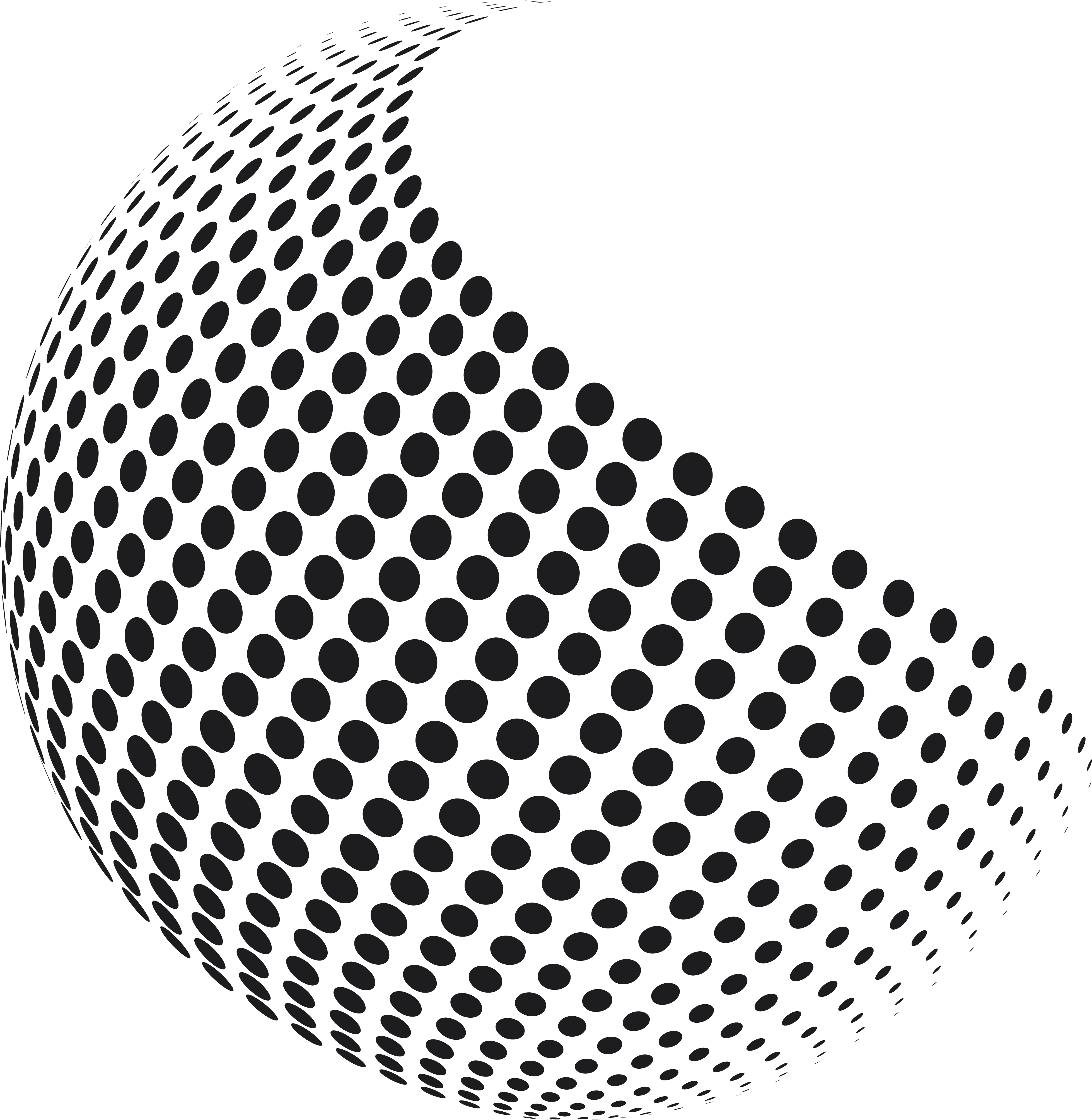The History of Fabric Types
- Grey Exim
- Jul 17, 2023
- 1 min read
Updated: Jan 18

The fabric has been around for centuries, and its history is as rich and varied as the materials used to make it. From the earliest textiles made from animal skins and plant fibres to today's synthetic fabrics, fabric has played an essential role in human history.
The Earliest Fabrics

The earliest fabrics were made from animal skins and plant fibres. Animal skins were used to make leather, which was used for clothing, footwear, and other items. Plant fibres like flax, cotton, and hemp were used to make textiles. These early textiles were often simple and rough, but they were essential for providing warmth and protection.
The Development of Weaving

The development of weaving revolutionized the production of fabric. Weaving is interlacing two sets of threads to create a fabric. This process allowed for the creation of more complex and intricate textiles and made fabric production more efficient.
The Introduction of New Fibres

Over time, new fibres were introduced, leading to the development of new fabric types. For example, China introduced silk to Europe in the 13th century. It quickly became a popular fabric for clothing and other items.
The Rise of Synthetic Fabrics

In the 20th century, synthetic fibres were developed, which led to the creation of new types of fabric with unique properties. For example, polyester is a synthetic fibre known for its strength and durability. It is often used in clothing, upholstery, and other items.
What is your favourite type of fabric? Let us know in the comments below!

Comments